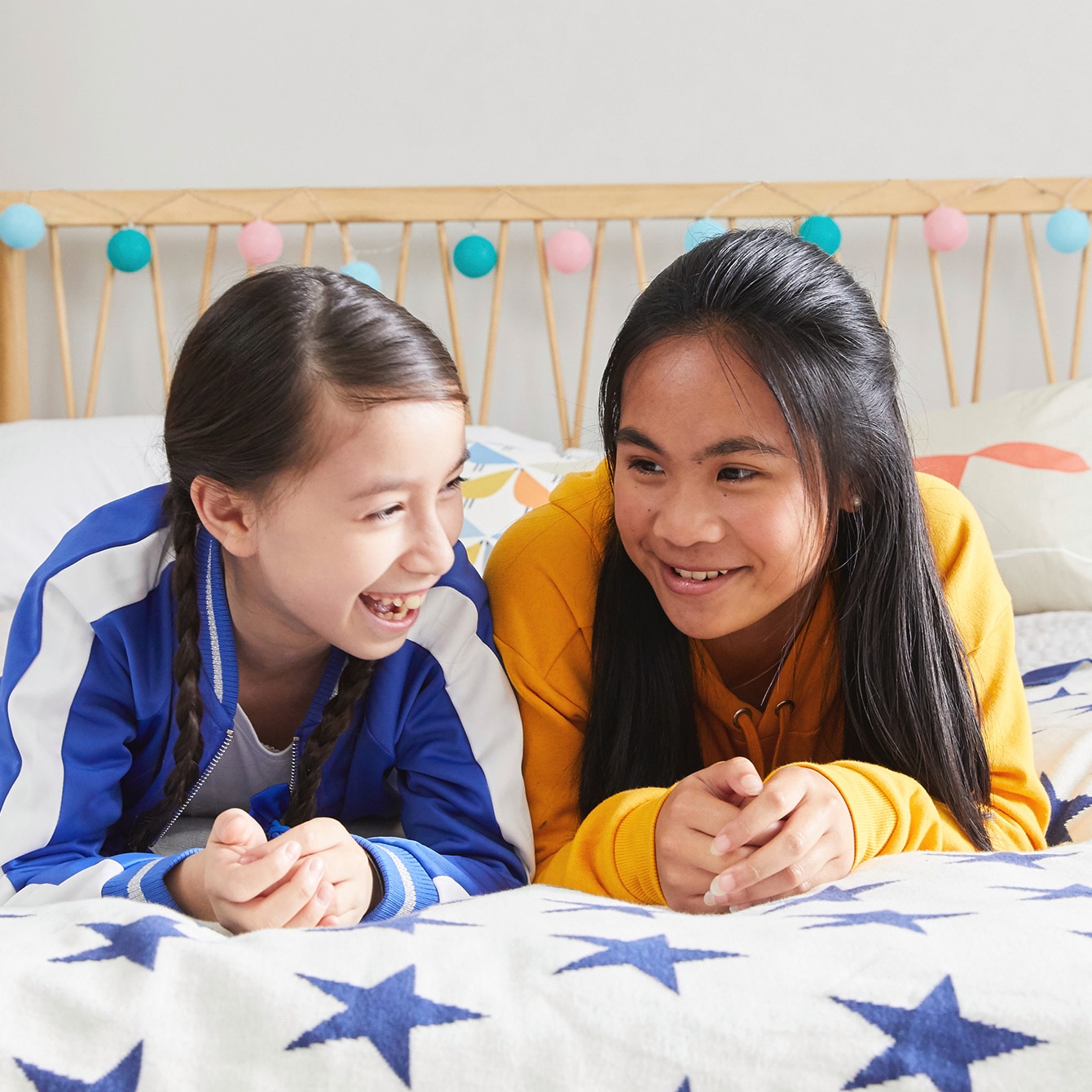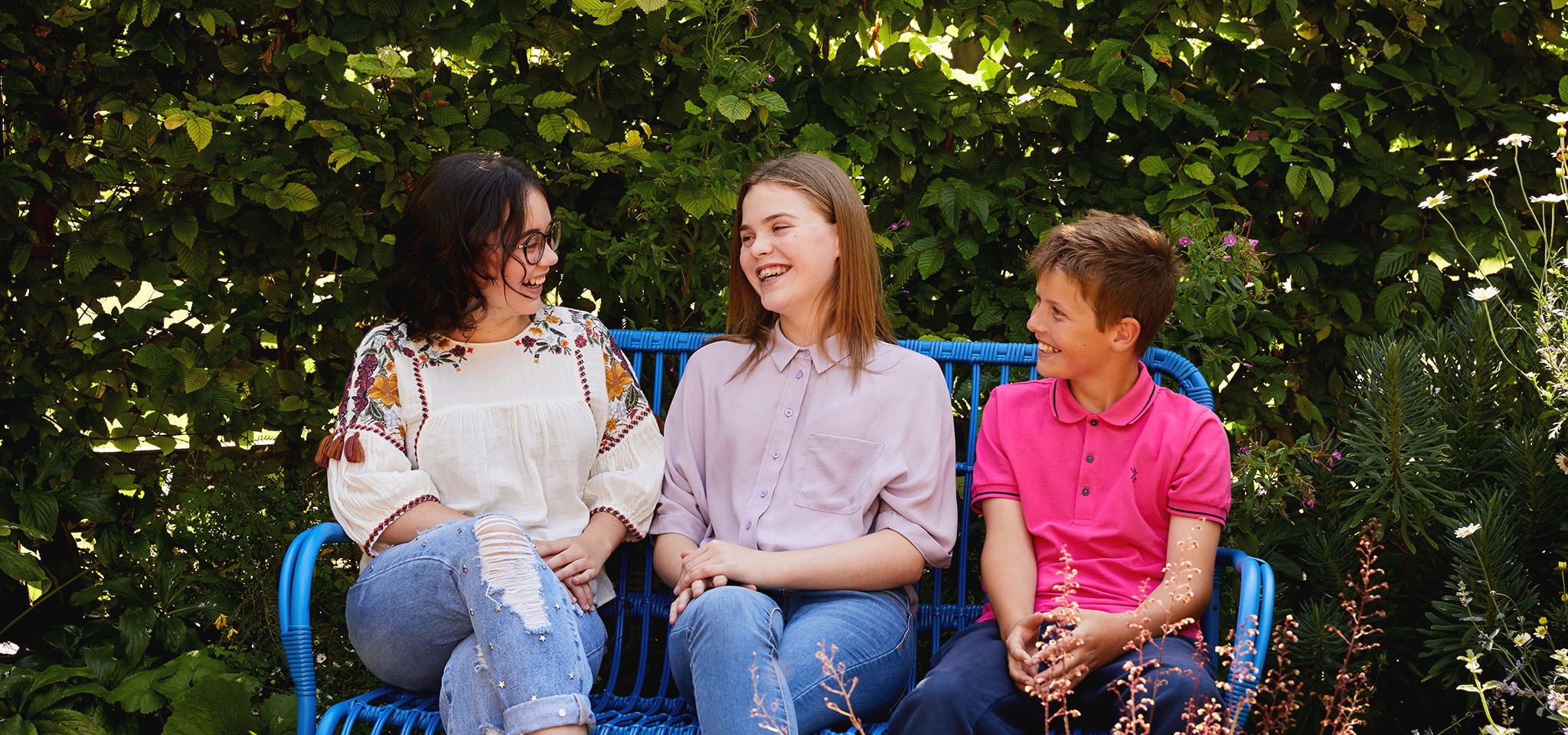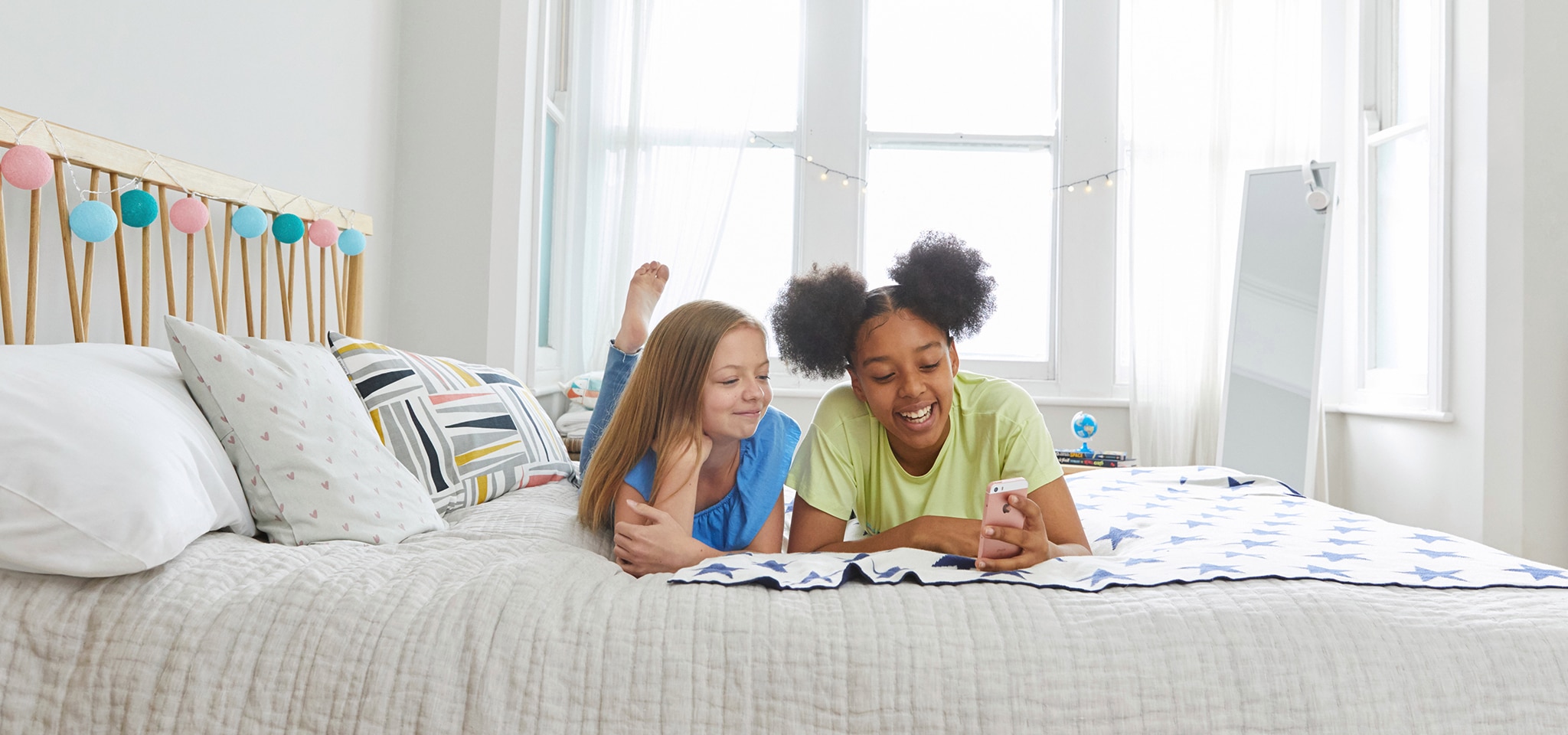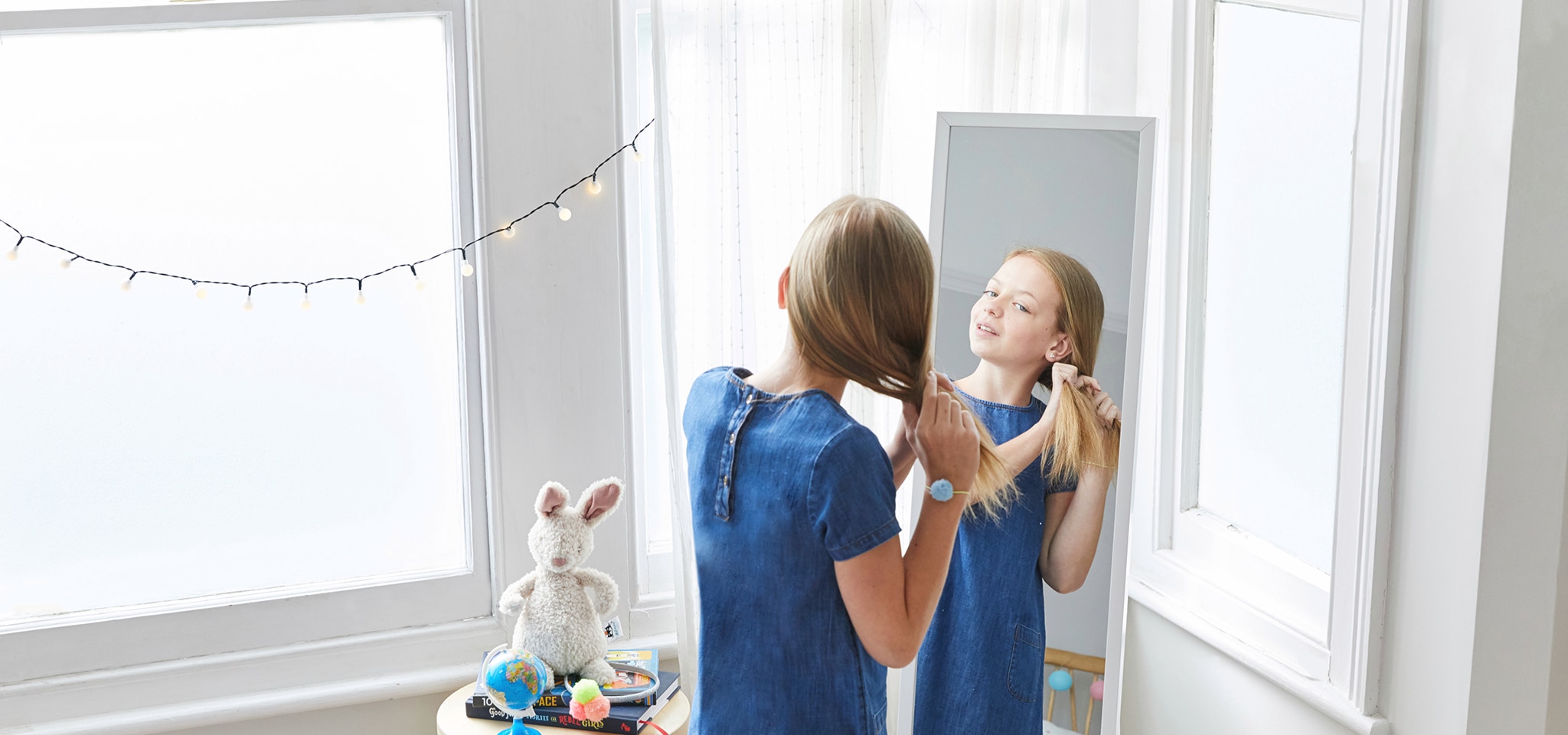Worried that all your daughter ever sees in magazines and on screen are unrealistic images of ‘perfect’ women? Our fun activity plan will let you both give the stereotypes a makeover.
Young girls are under ever-increasing pressure to look 'perfect'. It’s enough to make any mum anxious. "I find it worrying that there is little diversity in the culture aimed at tweens and teens," says Gill, mum to Kirsty, 13, and Natalie, 11. "I’m crying out for some better role models for my daughters because there comes a time when a teenager takes more notice of what they see on the TV and online.
That’s why we’ve put together an action checklist to challenge the stereotypes.
The evidence on media stereotypes
"One of the major underlying causes for increasing low self-esteem among young people is that they do not see their uniqueness reflected back at them within the media environment that surrounds them," says leading UK psychotherapist Dr Susie Orbach. "They see so many perfected images of girls and women that this idea of how they need to be seeps into them, leading them to feel their own loveliness is inadequate."
Nearly half of 12- to 15-year-old girls read magazines every day. Studies such as Body Image: An Introduction to Advertising and Body Image show that looking at magazines for just 60 minutes lowers the self-esteem of more than 80% of girls. When you consider that the body fat of most models and actresses is at least half that of healthy women, it isn’t surprising that six out of 10 teenage girls think they’d be happier if they were thinner.
We need to teach our daughters to be more media savvy and understand that these images aren’t real.
Women and the media: the figures don’t add up
It might shock you that males outnumber females three to one in family films – that’s what the Gender Inequality in Cinematic Content? (PDF 199KB) A Look at Females On Screen & Behind-the-Camera in Top-Grossing 2008 Films research report found. When it comes to body image, the figures don’t add up either. Females are nearly twice as likely as males to be shown with a diminutive waistline, and women are almost four times as likely as men to be shown in sexy clothes.
And what of those ‘celebrities without make-up shocker!’ articles in gossip mags? While magazines might insist they run them to make us non-celebrities feel better about ourselves, the opposite is true. In a recent survey by Girlguiding (PDF 1.99MB) 88% of girls said they think newspapers and magazines should stop criticising women’s bodies.
By helping your daughter critically assess the media she consumes, you'll help her develop an objective eye and avoid potentially damaging comparisons. As she learns to distinguish between what she likes and doesn’t like about the appearance of women in the public eye, she’ll also feel more confident expressing and enjoying her own style choices.
Try our action checklist together to get your daughter thinking about how women are portrayed in the media.
To protect privacy we’ve changed the names of people whose stories we tell on these pages, but the stories they tell are genuine.




